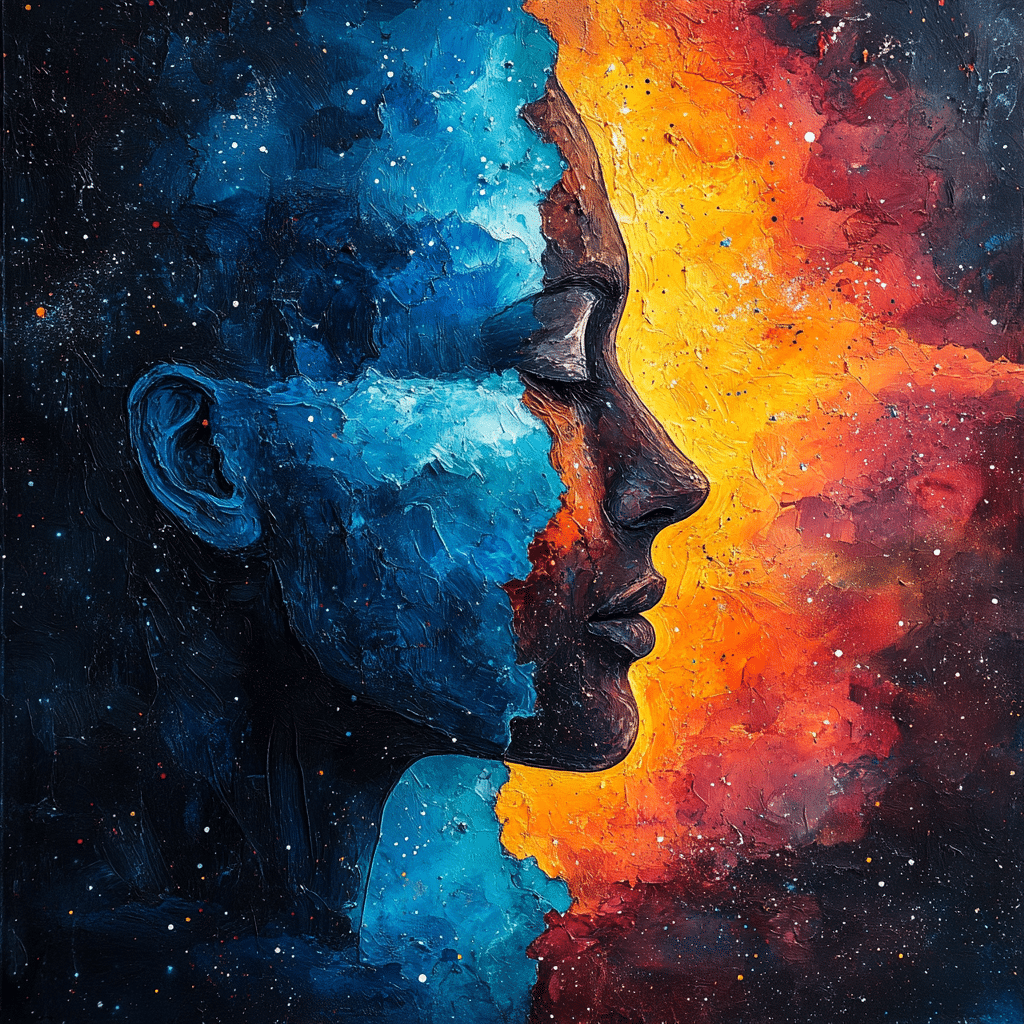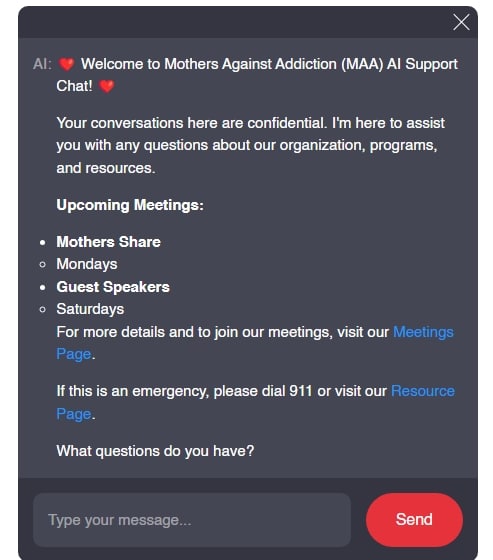Navigating the waters of Bipolar 1 Disorder, ICD 10 can feel overwhelming for many. Defined as a serious mental illness characterized by severe mood swings, it’s categorized in the International Classification of Diseases (ICD-10) for better understanding and treatment. It’s critical to note that Bipolar 1 Disorder differs significantly from Bipolar 2 Disorder, which has its own unique set of challenges and symptoms. This nuanced difference is vital for parents of children struggling with addiction and mental health issues, as recognizing these distinctions can lead to more effective support and care.
Bipolar 1 Disorder manifests through a spectrum of symptoms that can disrupt daily life. The hallmark of this disorder includes manic episodes that may present as extreme irritability, inflated self-esteem, or risky, impulsive behavior. On the flip side, depressive episodes can leave individuals feeling hopeless, fatigued, and mentally drained. Understanding that each person’s experience varies significantly is essential for grappling with this complex disorder. Those grappling with such mood fluctuations may develop co-occurring conditions such as anxiety disorders, making diagnosis and treatment all the more complicated.
The Basics of Bipolar 1 Disorder ICD 10
Definition of Bipolar 1 Disorder
Bipolar 1 Disorder involves extreme mood changes, ranging from manic highs to depressive lows. The ICD 10 classification helps professionals diagnose and treat patients effectively, recognizing the distinct presentations of this disorder.
ICD 10 Classification Details
In the ICD-10, Bipolar 1 Disorder is coded as F31. This code includes various specifications that help healthcare providers identify the current state of the disorder, such as manic episode, hypomanic episode, depressed episode, or unspecified.
Key Differences Between Bipolar 1 and Bipolar 2 Disorders
While both disorders feature mood fluctuations, Bipolar 1 is characterized more by its manic episodes, which can require hospitalization. Conversely, Bipolar 2 involves depressive and hypomanic episodes but lacks the severe mania seen in its predecessor. Understanding these differences is crucial for effective treatment and support—it helps illuminate the path forward for families affected by addiction and mental health struggles.

Top 5 Complexities of Bipolar 1 Disorder ICD 10
2.1 The Spectrum of Symptoms
Bipolar 1 Disorder can manifest unexpectedly. Many may experience bouts of euphoria accompanied by reckless behavior, or alternatively, extreme irritability. During depressive phases, individuals may feel completely engulfed by feelings of hopelessness and fatigue, which can greatly impair daily life and responsibilities. The variety of symptoms means that every individual can have a unique set of challenges.
2.2 Comorbid Conditions: Understanding Co-occurring Disorders
Comorbid conditions complicate the landscape of Bipolar 1 Disorder. For instance, studies show a notable relationship between Bipolar 1 Disorder and schizophrenia ICD 10. This overlap can lead to confusion in diagnosis and treatment strategies. Anxiety disorders are also prevalent within the bipolar population, warranting an understanding of the ICD 10 code for anxiety as part of a comprehensive treatment approach.
2.3 Importance of Accurate Diagnosis
Getting the right diagnosis can be a tough nut to crack. Health professionals face challenges in distinguishing Bipolar 1 Disorder from other mood disorders, making a thorough evaluation essential. Misdiagnosis can lead to inappropriate treatments. A real-life example could involve a person misdiagnosed with depression when underlying bipolar characteristics were present, leading to ineffective treatment and exacerbated symptoms.
2.4 Treatment Variability: Individualized Approaches
Treatment for Bipolar 1 Disorder is not a one-size-fits-all bag. Individuals may benefit from a combination of pharmacological treatments, such as mood stabilizers and antipsychotics. Psychotherapy—like cognitive-behavioral therapy—can also play a pivotal role. Brands like MoodFit offer tools for mood tracking, supporting individuals in understanding their patterns and triggers effectively.
2.5 The Stigma Surrounding Bipolar 1 Disorder
Stigma remains one of the biggest obstacles for those living with Bipolar 1 Disorder. Misunderstanding from society can lead to isolation, making it crucial to promote awareness. Organizations like NAMI (National Alliance on Mental Illness) work tirelessly to educate the public. Personal testimonials from families affected by bipolar disorders can highlight both the struggles and triumphs, amplifying the voices that need to be heard.
The Role of Family Support and Resources
For families of individuals grappling with addiction and mental health conditions, a supportive network is vital. Nonprofits and support groups provide essential resources, helping caregivers navigate challenges. Educating families about Bipolar 1 Disorder empowers them to create nurturing environments, making a significant difference in their loved ones’ well-being.
Coping strategies can also bolster support systems. Simple actions, like maintaining open communication and being proactive in seeking help, foster healthier relationships. When families work as a team, they enrich not only the lives of their loved ones but their own as well.

Innovations in Treatment: The Future of Bipolar 1 Disorder Management
Technology is transforming how we manage Bipolar 1 Disorder. Telehealth services and mental health apps are breaking down barriers, ensuring individuals have access to care when and where they need it. Recent research trends point to emerging therapies that could redefine treatment standards.
Mental health professionals are optimistic about these advancements. They believe that by harnessing new technologies and methodologies, we can improve care approaches and patient outcomes, offering hope for a brighter future.
Voices from the Community: Living with Bipolar 1 Disorder
The personal stories from individuals living with Bipolar 1 Disorder are powerful. They reveal the real-life impact of treatment challenges and the importance of community support. Local and online support groups provide a sense of belonging, making a tangible difference in many lives.
Community advocacy is also key. Individuals and families fight stigma every day, promoting mental health awareness and pushing for necessary changes in societal perception. These efforts remind us that we’re not alone in our struggles, which is a comforting and empowering realization.
Embracing the Complexity of Bipolar 1 Disorder
Understanding Bipolar 1 Disorder through the lens of ICD 10 reveals a multifaceted condition that goes beyond its symptoms. Addressing comorbidities, enhancing family support, and prioritizing community resources are fundamental steps toward effective management and stigma reduction. As we continue innovating how we treat and understand Bipolar 1 Disorder, the path to acceptance and support in our lives and communities must expand, ensuring that everyone affected can lead fulfilling lives enriched with hope, understanding, and resilience.
In the world of mental health, compassion, empathy, and support—much like what organizations such as Mothers Against Addiction offer—can make a world of difference. Being informed is key to turning the tide in the battle against addiction and mental health struggles, fostering an environment where everyone can thrive.
Bipolar 1 Disorder ICD 10: A Fun Look at Its Nuances
Bipolar 1 disorder ICD 10 isn’t just a clinical term; it’s a journey many experience, representing the highs of mania and the lows of depression. Did you know that famous actor and director David Thewlis has openly discussed the effects of mental health on his life? He’s just one of the many who have stepped into the light to share their stories. Speaking of journeys, some people express their feelings and experiences through art, like the vibrant Collages created by families dealing with addiction—which can be incredibly therapeutic.
Now, let’s delve a little deeper! Research suggests that tropical storms and hurricanes can impact mental health, reflecting the volatility and unpredictability that mirrors the symptoms of bipolar 1 disorder ICD 10. This is especially true for those living in areas prone to such extreme weather. Here’s something intriguing: studies show that fluctuating moods, much like a rollercoaster ride, can profoundly affect personal relationships. Just take Frasier Crane, from the beloved show “Frasier, who often showcased mental health challenges and the impact on his social connections.
If you’re wondering about the types of symptoms associated with bipolar 1 disorder ICD 10, consider that some people, especially younger adults, might feel the effects like a sudden storm sweeping through a calm day—shocking and disorienting. Interestingly, there’s a cultural aspect as well; many might resonate with the life stories of varied backgrounds, like an inspiring Russian girl whose endeavor took the world by storm. And as anyone planning a trip to a magical place like the Disney World castle knows, having a support system is vital for those living with conditions like bipolar disorder.
Lastly, let’s highlight the importance of understanding medication. Tremadol, which some might turn to for relief, should be approached carefully, as it can interact with mental health conditions. The W meaning, often an introspective journey, reminds many that understanding oneself is key—but support networks can never be overlooked. In navigating the waters of bipolar 1 disorder ICD 10, folks sharing their experiences create a community that uplifts and educates.





























